Your dog may catch and endure all kinds of ailments throughout their lives. A common issue to look out for is pain in your dog's joints. That's why most responsible pet owners should know some home remedies for dog leg pain and other techniques to soothe their pets' discomforts when they come. Sure, with a vet's approval, conventional medications paired with physical therapy are a tried and true method that'll lower pain and ease any dog injuries.
Signs of Leg Pain in Dogs
Leg pain in dogs may occur for various reasons, from joint injuries, arthritis pain, torn ligaments, pulled leg muscles, sprains, and more. It could feel frustrating when you can't help them or see your canines suddenly changing their mood and behavior. Here are the common signs you will observe when your dog is suffering from leg pain:
Your Dog Suddenly Finds It Hard to Lay Down
If what used to be a simple task, like lying down, becomes too challenging for dogs with leg pain, it may be time to seek professional advice. Typically when your dog suffers from joint pain, they will make several false starts, go in circles, lie down, get back up, and repeat the process. This weird behavior may indicate your dog's arthritis may be affecting them. All of these actions are for pain management in those affected areas. While observing their cuddling patterns may not be the most obvious way to help your dog relieve pain, it is.
Your Dog Avoids Walking On Slippery Surfaces
Some dogs dislike walking on slippery or uneven surfaces, such as vinyl or wood flooring. Uneven ground tests your pup's joint cartilage and cartilage health. As an older dog ages, they may have restricted movement, causing them not to climb stairs or find ways to relieve pain in unique ways. You must suspect something is wrong if it has only recently become an issue. You never know, but your dog's reluctance may be due to leg pain.

Dogs use their nails for traction, especially on slippery surfaces. The pads on their feet's bottom are smooth and don't sweat, so they can only rely on their nails for a better grip. Healthy dogs won't find it hard to walk on slippery floors. They will use their balance and strength to keep an upright position or use whatever leg they feel comfortable walking on.
Your Dog Always Tries To Stand Up Or Use Their Front Legs To Support Their Weight
Most dogs use their rear legs first when standing up. They typically support their weight with their rear legs and stretch the front legs before getting up. This action becomes challenging when dogs feel pain in their hindquarters. To help themselves, they will try pulling their front legs first when standing up.
This action is typically a sign that a dog is suffering from arthritis or hip dysplasia. Meanwhile, when your dog uses its front legs often to bear its weight, it can already be a sign that there is a problem with its lower back, hip, or knee.
Your Pet Is Having Trouble Sleeping
It's common for animals, including dogs, to have sleep disruptions when in pain. You may not notice the problem when they are awake since they can change the legs they are using or they keep on moving to relieve their joints from pressure. However, leg pain in dogs causes all kinds of pressure on joints, causing them to become immobile during sleep.

As a result, they will try sleeping for several hours, wake up, walk around, and regain comfort and blood flow in their legs before trying hard again to get back to sleep. Expect dogs with this sleeping pattern to nap during the daytime because they have become too exhausted from losing sleep during the night.
Your Dog Suddenly Becomes Aggressive Or Avoids Being Brushed Or Pet
Many dogs let others know they are in pain by suddenly becoming aggressive. They do this, especially to other dogs they live with or often interact with. They'll snap, growl, or show their teeth to warn the other dogs that they cannot tolerate the same actions they typically enjoy at the moment.
You will also know that the dog is in pain when it avoids actions it used to enjoy, such as being brushed, groomed, or petted. It may be avoiding too many movements and contact with painful body parts.
Related Post: Dog Leg Sprained Recovery Time
Possible Causes
Leg pain in dogs can affect one or multiple legs at once. It may come and go, or something that has become constant. Leg pains can be worse during certain times of the day. It could be in the morning, at night, or after resting or walking.
Here are the common possible causes why your dog may be suffering from leg pain:
- Genetic problems
- Nerve damage
- A thorn or anything hard stuck in their paws
- Exhaustion from over-exercising
- Damaged or broken claw
- Insect bites
- Open wounds on their footpads
- Elbow or hip dysplasia
- Congenital abnormalities
- Inflammatory ailments
- Arthritis
- Infection
- Dislocation, torn ligaments, or other leg trauma
- Broken bones
Dog Leg Pain Remedies & Prevention
Always monitor certain signs that suggest your dog's feet are hurt or have leg pain to help understand the roots of the problem. Solving your dog's pain can take a lot of time. Natural home remedies paired with other natural supplements, like maintaining a good diet and exercise routine, have pain-relieving properties. They are a great way to support long-term dog health. Below is a shortlist that gets deeper into properly caring for your pet so they live their best.

Watch Health
Pet parent to pet parent, you should constantly check your dog's health. First, ensure their coat is pliable and glossy and the skin is smooth without growths, scabs, or inflammation. Also, check their nose, ears, eyes, and mouth. Ensure that they regularly eliminate they have an average temperature, heartbeat, and pulse. If you notice any irregularities and don't know what to do, always feel free to seek a consultation from a veterinarian.
Healthy Weight
You have to ensure your dog is getting a balance between exercise and diet. If you are doing this, but your dog still seems under or overweight, you must monitor your pet for other underlying concerns. You can check if your dog is overweight by feeling their ribcage area. You must be able to feel ribs without too much fat in between. Do what you can to increase blood flow in your pet. Doing so will benefit your pup's health.
Proper Nutrition
Give your pets nutritious food during their mealtime. Make sure that the meal portions are appropriate for their body size. Refrain yourself from giving your dogs snacks in between meals. You wouldn't want them to become obese, leading to more severe health complications. There are tons of all-natural remedies for dogs that reduce inflammation and have anti-inflammatory properties. Ingredients like turmeric are rich with antioxidants that may benefit their health when placed in your dog food.
Adequate Exercise
It is recommended that most dogs get half an hour to a couple of hours of exercise per day. However, it will depend on your dog's breed. Some dogs are more active than others, so they require more time for exercise.
Prescribed Medication
Your vet is the best go-to person to know the FDA-approved nonsteroidal anti-inflammatory medications that can help reduce inflammation and control the pain of dogs with osteoarthritis. A vet is an excellent resource for general advice on everything from treating older dogs that develop arthritis to advising them on avoiding kidney disease.
CBD As A Natural Alternative
Cannabidiol (CBD) oil comes from hemp plant extracts. The oil can help internally and externally through topical application. It works by activating your dog's endocannabinoid system, which helps relieve inflammation and pain. It also has other health benefits for your canines. CBD helps in regulating your dog's appetite. It aids in their mobility and elevates their mood. It also helps your dogs sleep soundly and calm skin irritation and redness.
Where to Find CBD Products
Many pet owners have discovered the benefits of using CBD to treat their dogs and keep them healthy. You can find many CBD products for dogs in physical stores and on online pages from various sources. The most convenient and practical way of purchasing CBD is from online retailers like Holistapet.
Why People Choose HolistaPet
HolistaPet is among the most recommended and highly regarded brands for CBD products for dogs. They've got almost everything, from CBD dog treats for joint care, calming relief, immune care, CBD shampoo, and many more. Unlike other brands, you are assured that their products do not contain fillers, additives, and harsh chemicals that may harm your pets in the long run. They only use all-natural ingredients and always keep your dog's safety and health on top of their priorities.
Above everything else, Holistapet believes your dog deserves the highest-quality products to help them live their best. Our products are tested for efficiency and quality via a third-party lab test to ensure our products are safe and contain the exact milligram dosage marketed on the label. Each of our product pages comes with Certificates of Analysis (COAs), which are independent lab reports that break down every ingredient and the exact cannabinoid content of each of our CBD products.
Final Thoughts
You must catch the signs and symptoms of leg pain in your dogs and give them suitable home remedies as soon as possible. Not doing so may only add to their discomfort and worsen the condition. Always observe the difference in your pet's activities and behavior. You must also give them proper medications or therapies to address the problem.
Your vet is the best resource for treating whatever's causing your dog's leg pain. Natural alternatives, such as CBD products, are also recommended to deal with the condition. Pain control can be challenging when it comes to helping your dog. CBD products are a natural alternative all owners should know about.







![Probiotics For Dogs [Soft Chews] - HolistaPet](http://www.holistapet.com/cdn/shop/files/Probiotic-Infographic-1_472d7a29-e30c-435a-9638-1365d8c3a9f9.jpg?v=1725384841&width=104)
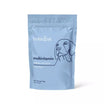

















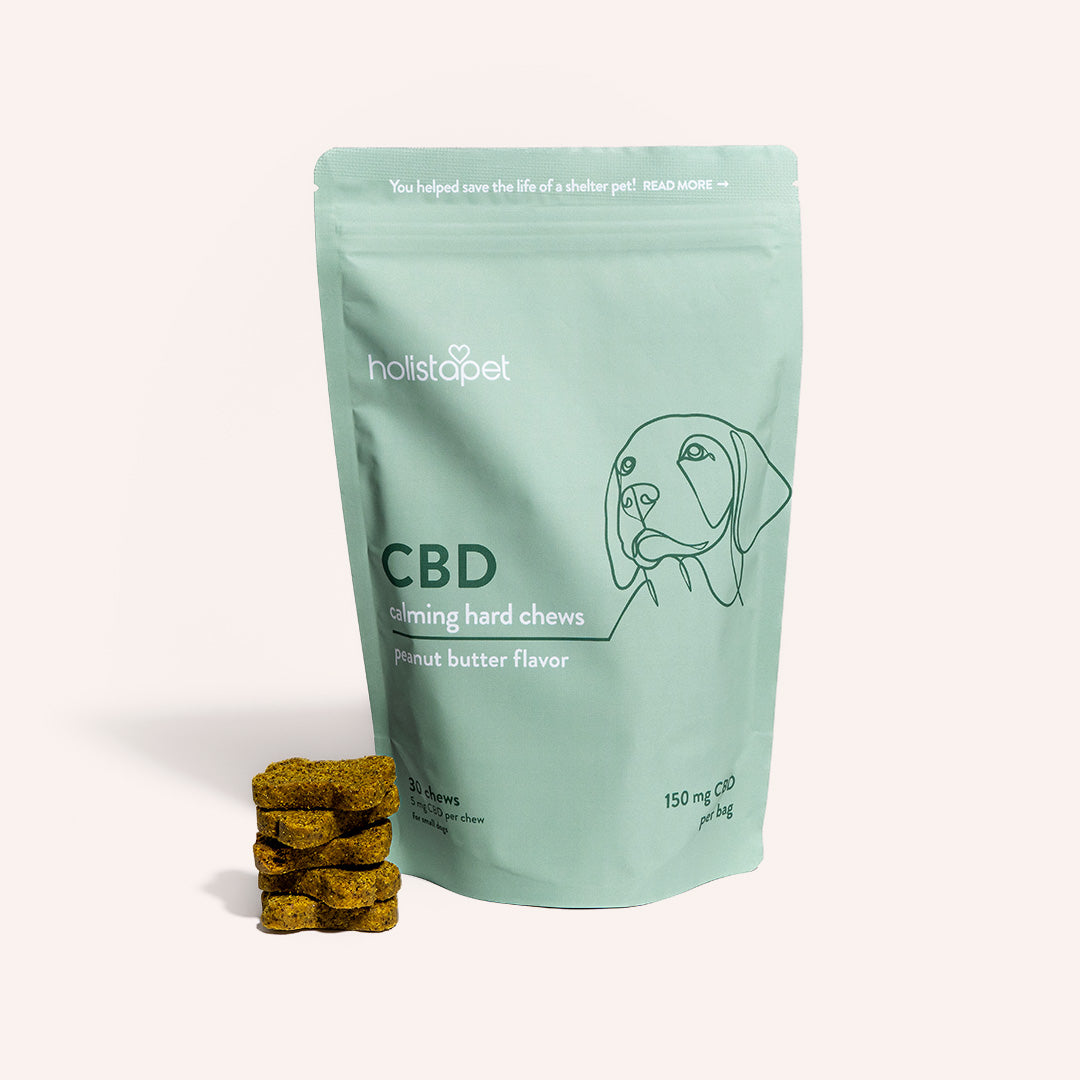
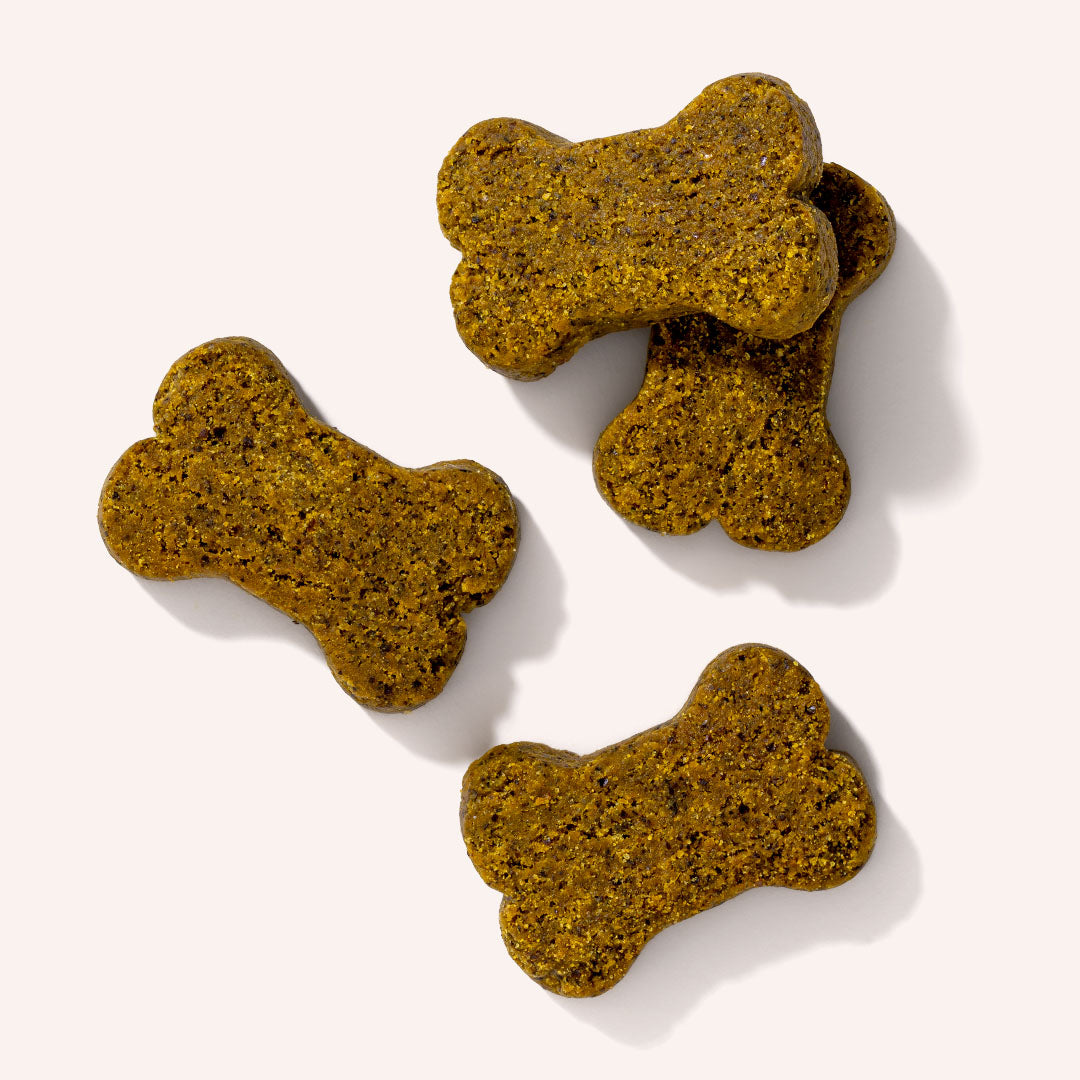

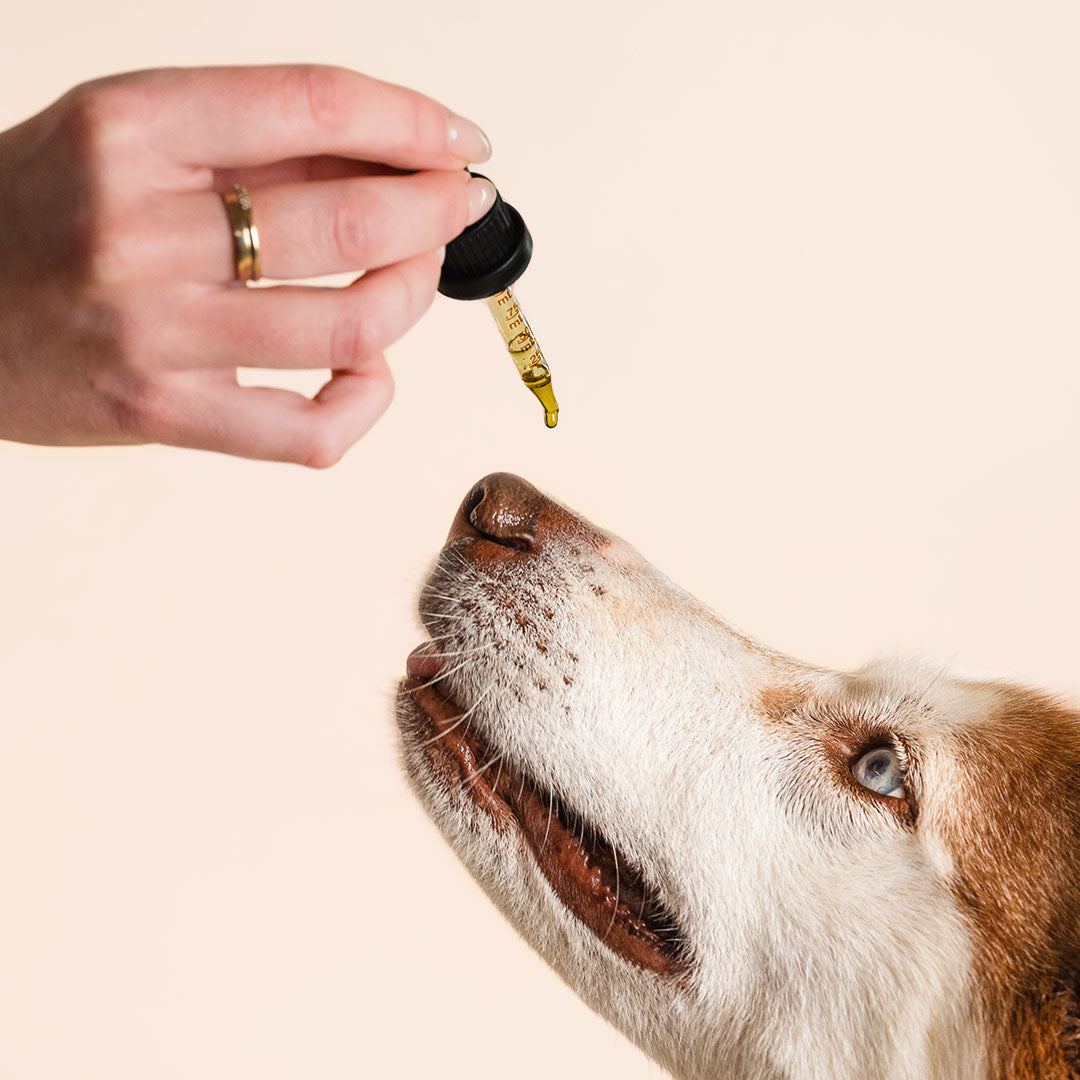


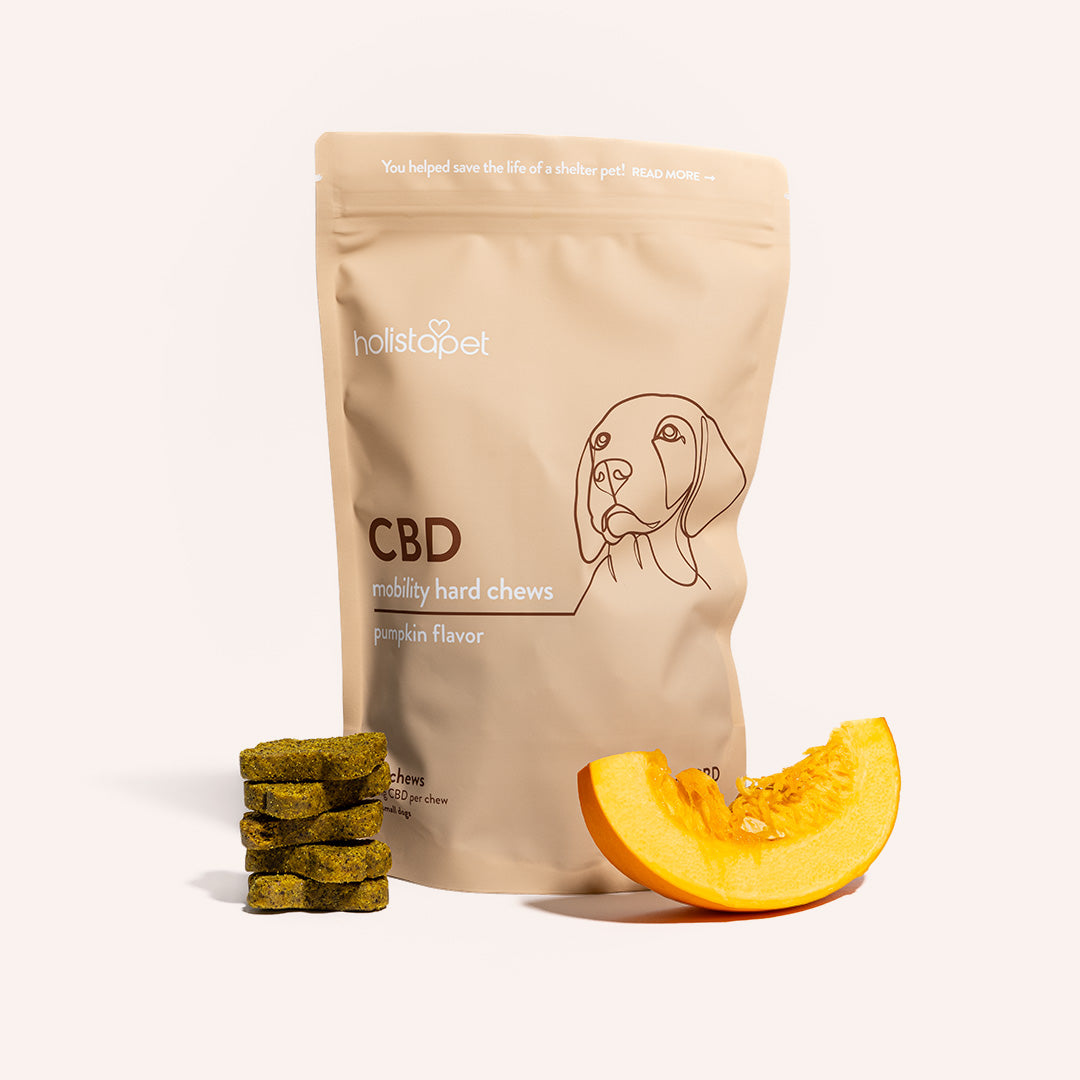
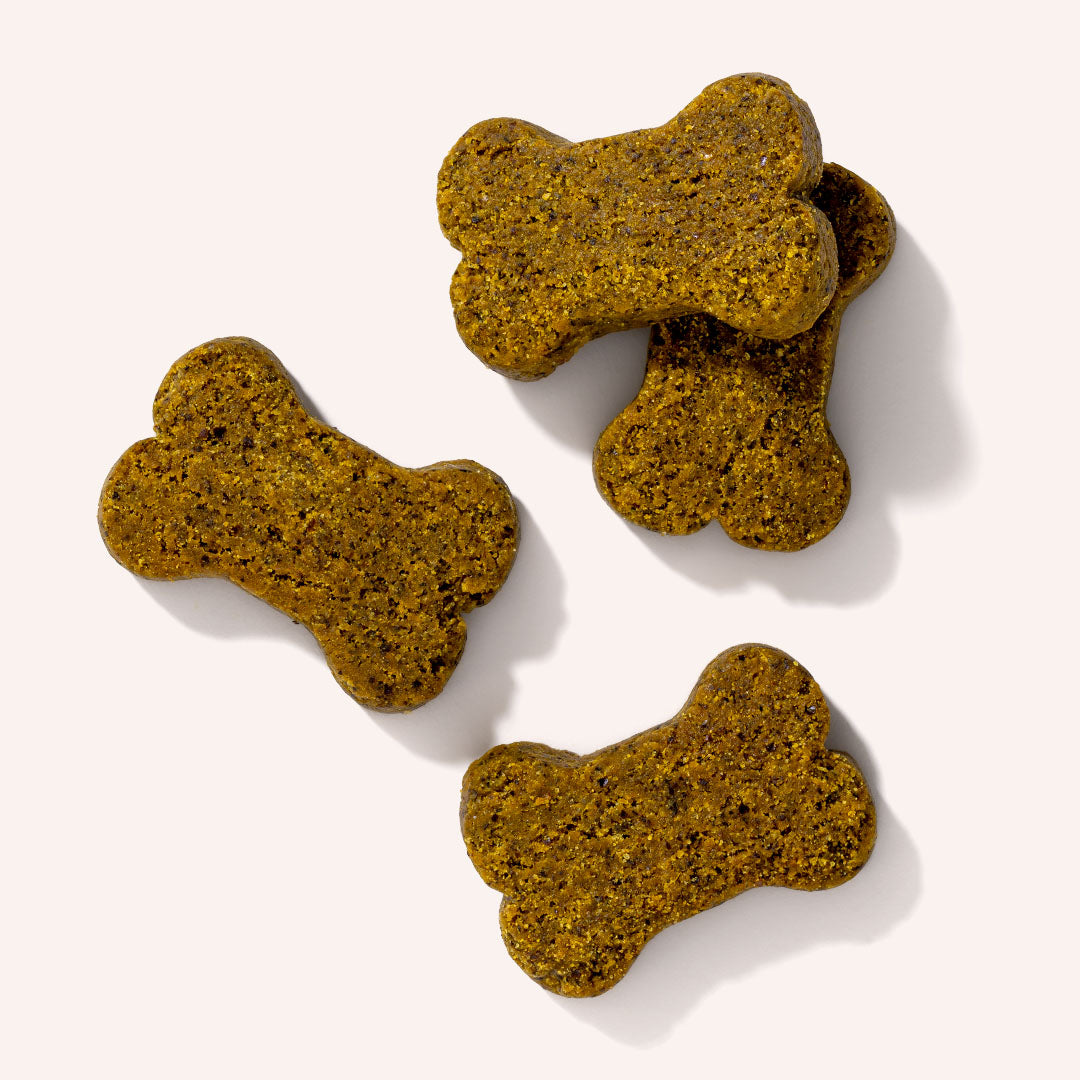

Leave a comment
All comments are moderated before being published.
This site is protected by hCaptcha and the hCaptcha Privacy Policy and Terms of Service apply.